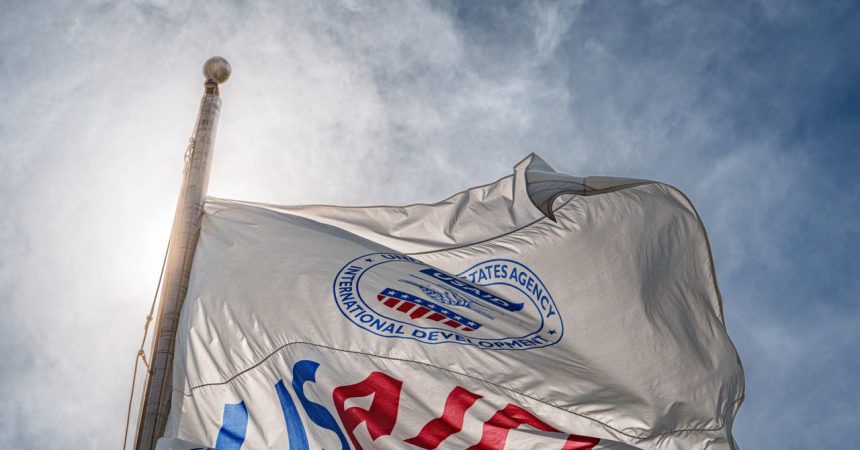The abrupt removal of several US government websites, including those related to foreign aid, neglected diseases, and children in adversity, has raised concerns about access to vital information and the potential for politically motivated censorship. A WIRED investigation revealed that at least seven websites linked to a USAID server went offline within a short timeframe, adding to a growing list of government websites experiencing disruptions since mid-January. While some outages may be attributed to technical issues, the timing and nature of the takedowns suggest a broader pattern of deliberate removal, potentially linked to a directive to remove content related to “gender ideology.” The lack of transparency and communication from the administration has fueled anxieties among government employees and the public alike.
The reported directive to remove content promoting “gender ideology” appears to be the catalyst for many of the website takedowns. This directive aligns with the Trump administration’s ongoing efforts to reshape government policies and priorities, often reflected in the removal or alteration of online resources. The earlier removal of ReproductiveRights.gov, a website providing information on reproductive healthcare, foreshadowed this trend. The current wave of website removals extends this pattern, targeting resources related to foreign aid, health, and social programs. The lack of clear definitions and criteria for “gender ideology” raises concerns about the scope and potential for arbitrary application of this directive.
The technical aspects of the website removals raise further questions. The simultaneous outage of several websites linked to a single USAID server suggests a coordinated effort rather than isolated technical glitches. The reported difficulties experienced by USAID employees in accessing their systems, including personnel files and critical databases, point to deeper infrastructural issues. The scramble to salvage data from archived versions of websites underscores the potential loss of valuable information and research, representing a significant setback for government transparency and accountability. The ongoing monitoring of government websites by organizations like WIRED is crucial for tracking these disruptions and holding the administration accountable.
The impact of these website removals extends beyond the immediate loss of information. The chilling effect on government employees, who are reportedly being kept in the dark and restricted from communicating with partners, raises concerns about morale and the ability to effectively carry out their duties. The fear that agencies will be drastically downsized adds to the uncertainty and anxiety surrounding these events. The lack of clear communication from the administration further exacerbates these concerns, leaving employees and the public to speculate about the motivations and long-term consequences of these actions.
The broader implications of these website removals raise fundamental questions about information access and government transparency. The removal of publicly funded resources, particularly those related to health and social welfare, limits access to critical information for individuals and communities who rely on these services. The potential for politically motivated censorship undermines the public’s right to know and erodes trust in government institutions. The ongoing monitoring and analysis of these events are crucial for understanding the full extent of the impact and advocating for greater transparency and accountability.
The uncertainty surrounding the future of these websites and the information they contained underscores the need for proactive measures to preserve government data and ensure public access. The efforts of government employees to salvage information from archived versions of websites highlight the importance of robust archival systems and the need for clear policies on data preservation. The ongoing monitoring of government websites by independent organizations provides a crucial check on potential censorship and ensures that the public remains informed about the accessibility of government information. The long-term consequences of these website removals will depend on the administration’s willingness to address these concerns and restore public trust in government transparency and accountability.



